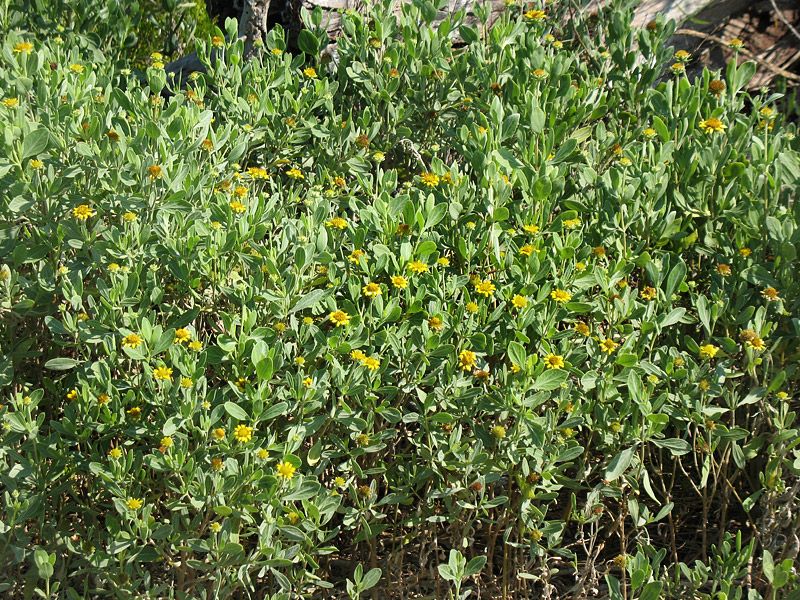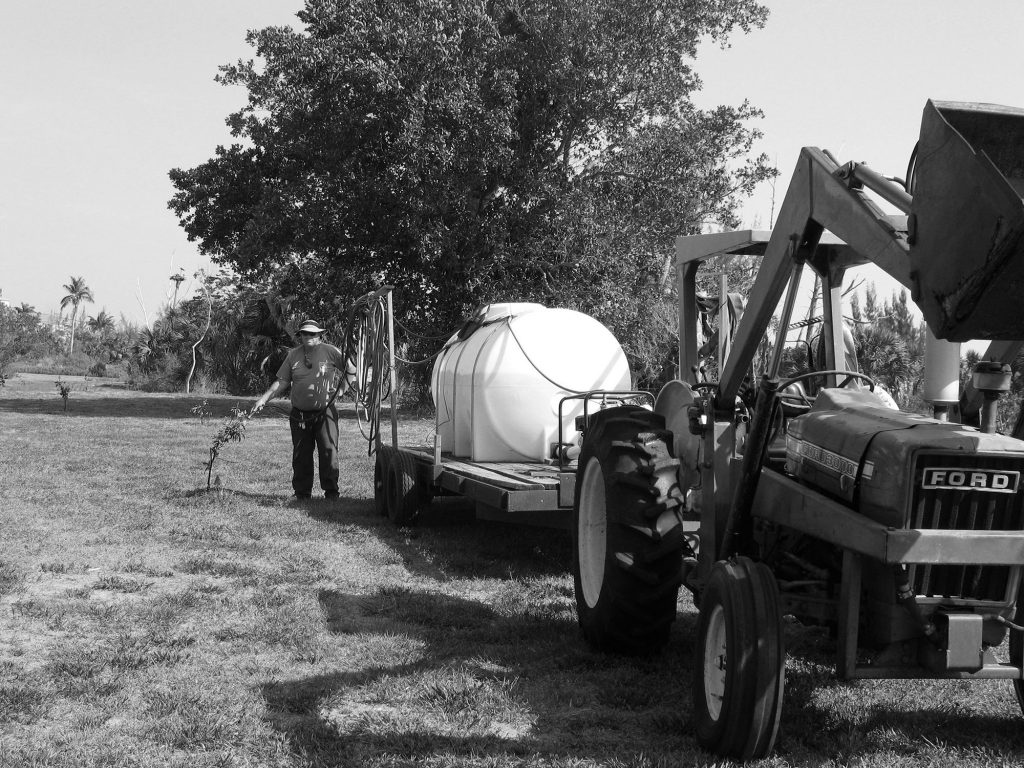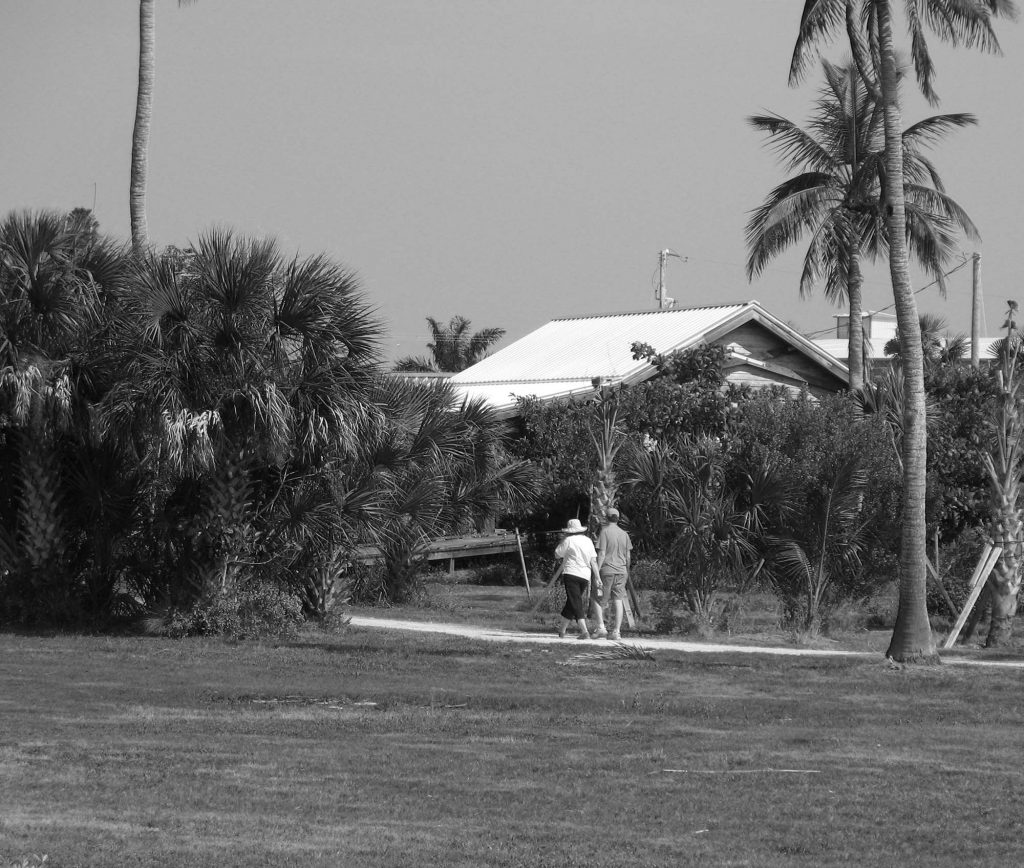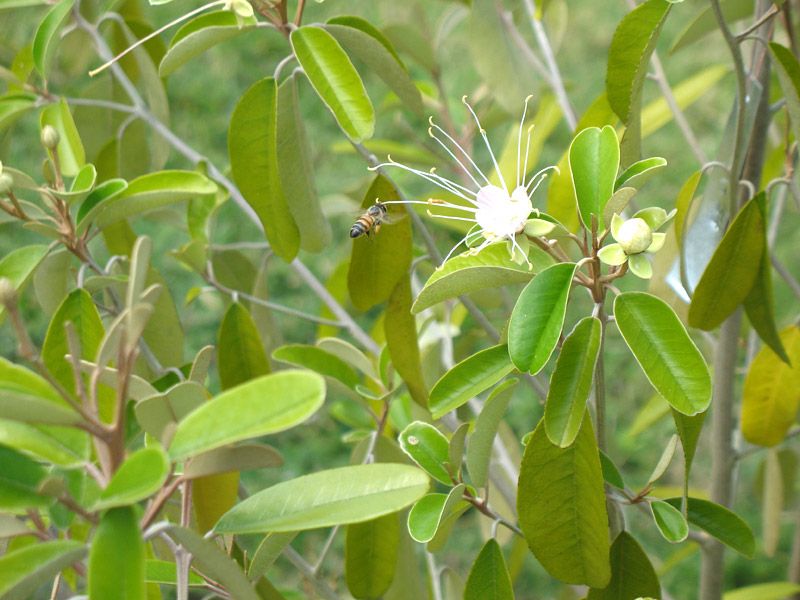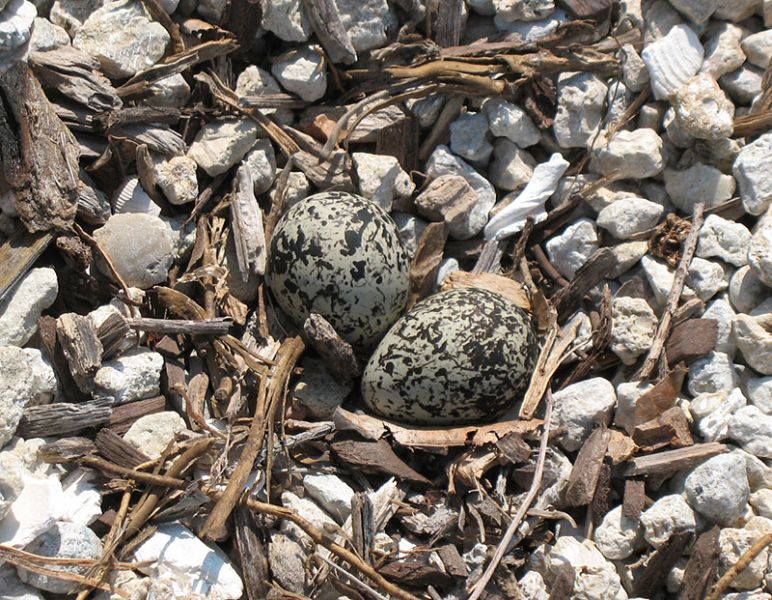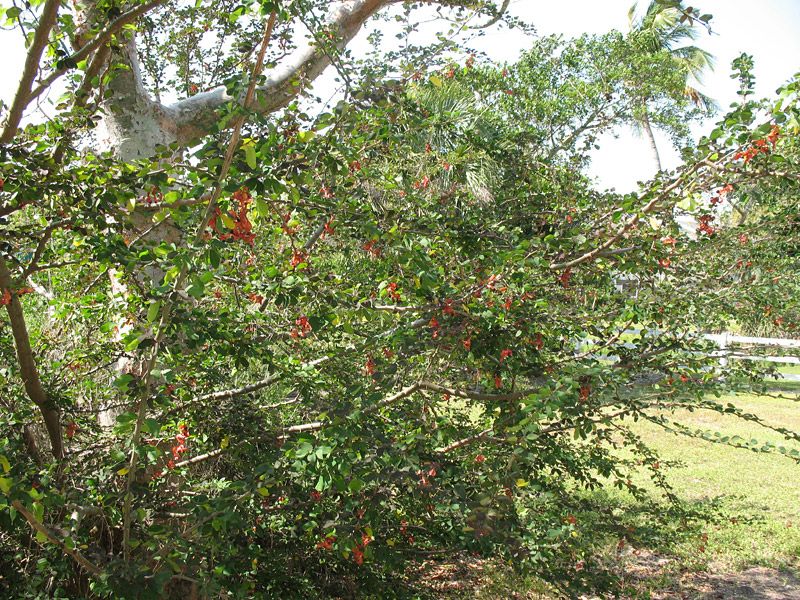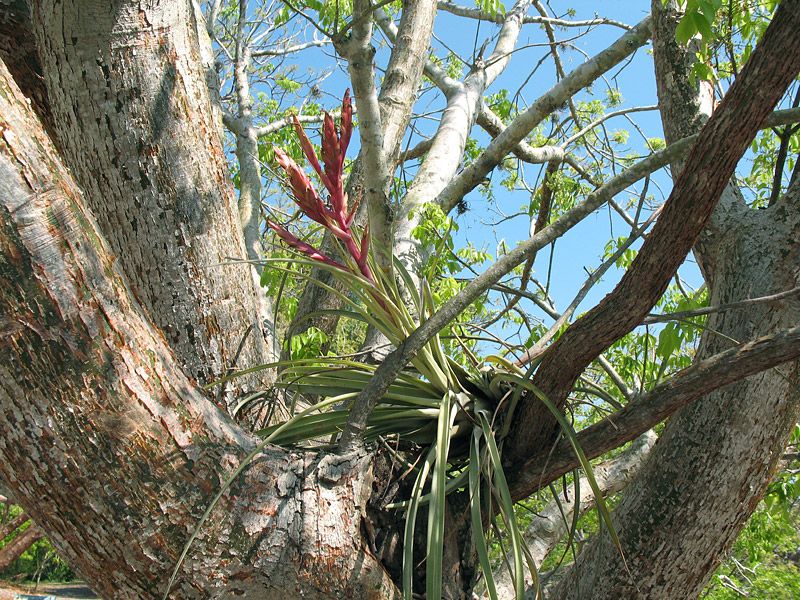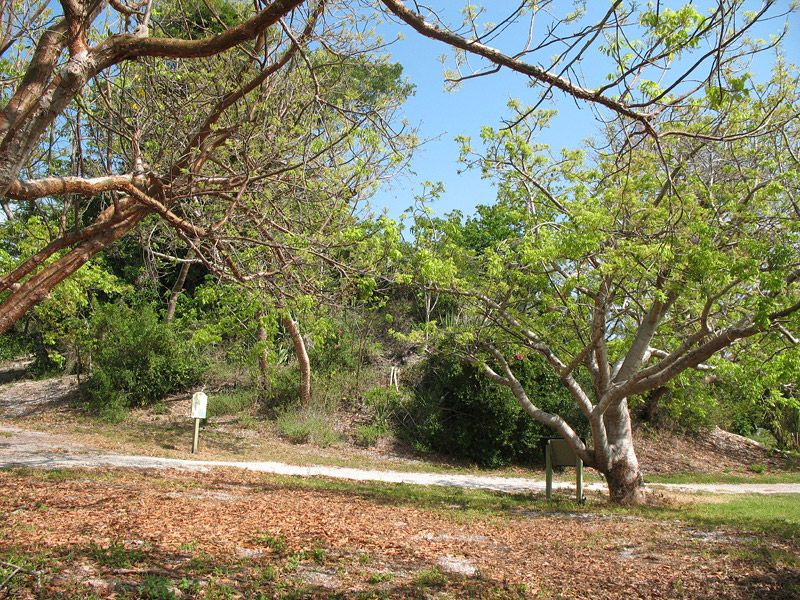There is always something going on at the Calusa Heritage Trail at the Randell Research Center in Pineland. Admittedly, the pace slows somewhat this time of year as the days heat up and the summer rains begin to increase in frequency.
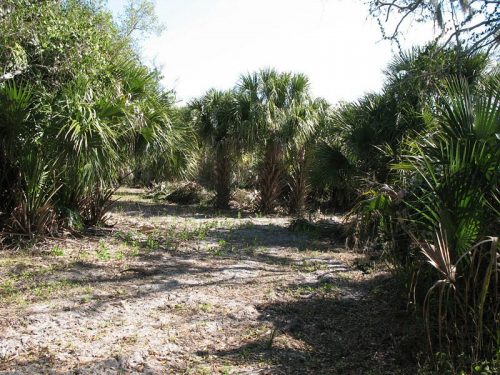
There are fewer school tours, but more day-camp activities. There are still visitors to the Trail, but most appear in the cooler parts of the day, not when the sun is high in the sky. Lab volunteers are fewer, but the work still proceeds steadily under Michael’s supervision. Mark will soon be seen less frequently on the tractor pulling the big water tank and more frequently on the mower, working to keep up with the fast-growing vegetation that is encouraged by the late-spring rains.
Always there is wildlife to observe, from marsh rabbits to gopher tortoises to pileated woodpeckers. This time of year, daily blossoms on a profusion of plants are accompanied by the soft buzzing of bees and the darting flight of butterflies. In May, the gumbo limbo trees bring forth their foliage, and by June the royal poinciana trees on Brown’s Mound have taken on their brilliant fiery-orange mantles.
By mid-May, the osprey hatchlings appear half-grown. Mockingbirds have chosen nesting places in the crooks of small trees, while doves carry their twigs high up into the coconut trees. And the killdeer? Well, this unusual shorebird invariably lays her eggs right out on the open ground, or – at least this year – in the middle of our gravel parking lot.
I was at the Trail on May 13, and took a few snapshots of how the place looked that day, but some things just can’t be captured with a camera. The best way to enjoy the Trail is to pay a personal visit. I can practically guarantee that you’ll see something interesting, or discover something on one of our interpretive signs that you hadn’t noticed before. People have been visiting this special place for 2,000 years. Now it’s your turn.
This article was taken from the Friends of the Randell Research Center Newsletter Vol 7, No. 2. June 2008.
